Japanese Deviled Eggs
These marinated Japanese deviled eggs are a flavorful and fun twist to your usual Easter feast.
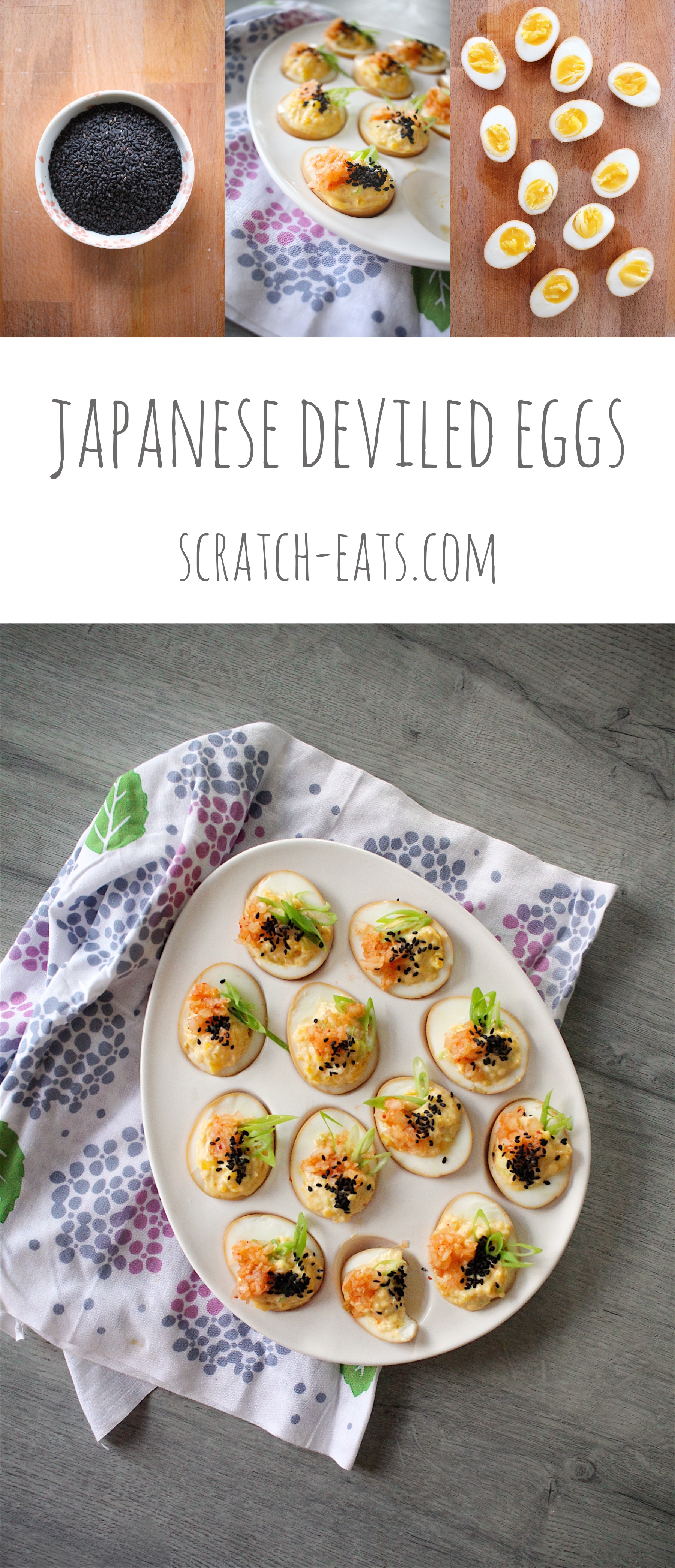
I dreamt these up one day when I was looking at the Ajitama (marinated boiled eggs) on top of my ramen. It was one of those lightbulb moments like YA novelists talk about when their characters speak to them and they have to write it down. You know what I’m talking about? It was like my egg was asking to be dressed up and made into a quirky fusion hors d’oeuvre.
And so I asked myself, what would an ajitama deviled egg have in it? And the pieces kind of just came together. And guys, I love it.
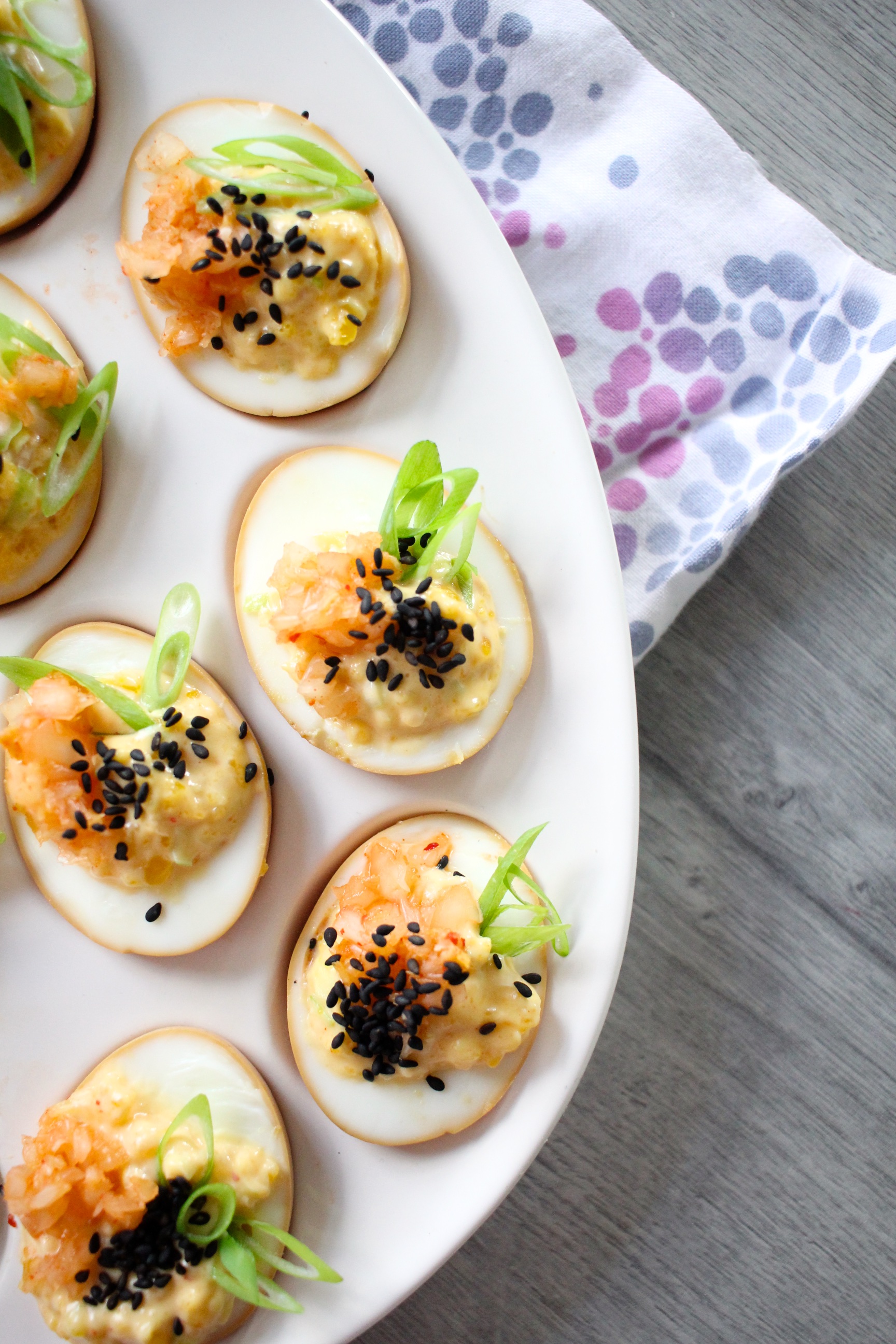
It’s kinda sassy and cute and seriously, these flavors. You’ve got the tang and heat from the kimchi and the richer flavors from the sesame seeds on top and miso in the filling, and the marinated ring on the whites add so much depth of umami. It’s a recipe I’m particularly fond of, and it’s totally going to be a regular in our Easter feast from now on.
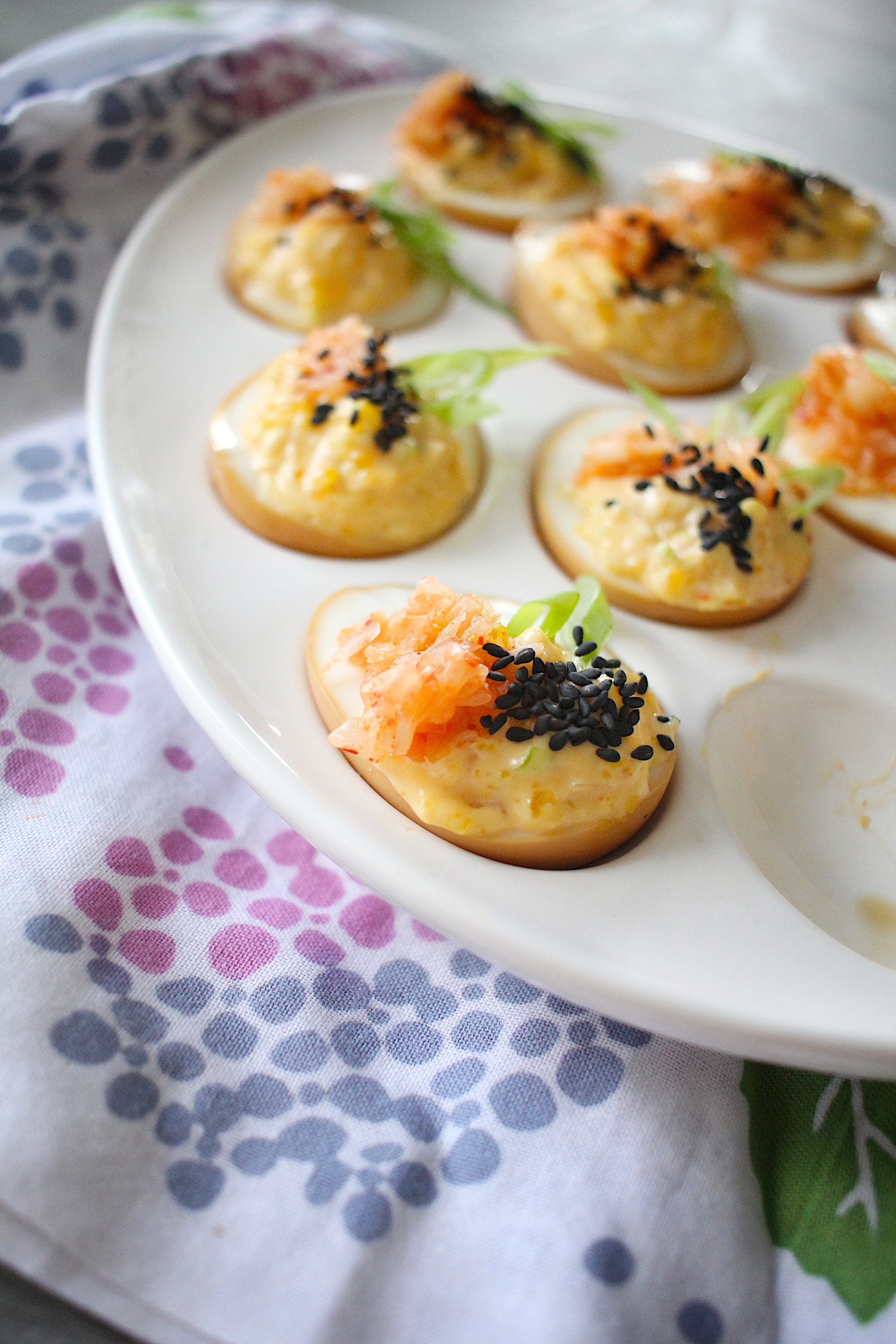
A couple of ingredients I want to talk about, though. First of all, mirin. You may or may not be familiar with it, but either way we need to talk about it. It’s a sweet rice wine with a very low alcohol content, used in most Japanese cooking. Since living in the U.S. I’ve avoided buying it and substituted with pure maple syrup because you usually use so little that it doesn’t alter the flavor of the dish and most varieties sold here are not genuine mirin. They’re usually highly processed liquids that just mimic the flavors. But recently I found Ohsawa Organic Genuine Mirin (not an ad, it’s just my recommendation), and it’s the only brand I’ll use. If you can’t find it, I would recommend using pure maple syrup as a substitute. You use very little, and the flavor works surprisingly well.
Second, kimchi. It’s become a really popular food lately in the U.S. and I’m so happy because it’s so easy to find. But that also means there’s a huge range of styles and varieties and flavors, and it’s hard to find one that tastes the way my childhood memories want it to. I have a plan to post a homemade kimchi on here eventually, but for now, I recommend trying different brands and finding one you like. And go to an Asian market first. Just make sure and check the ingredient list because they often have MSG and other unwanted additives. Don’t worry if it lists sugar, that sugar is consumed by the healthy bacteria during the fermentation process.
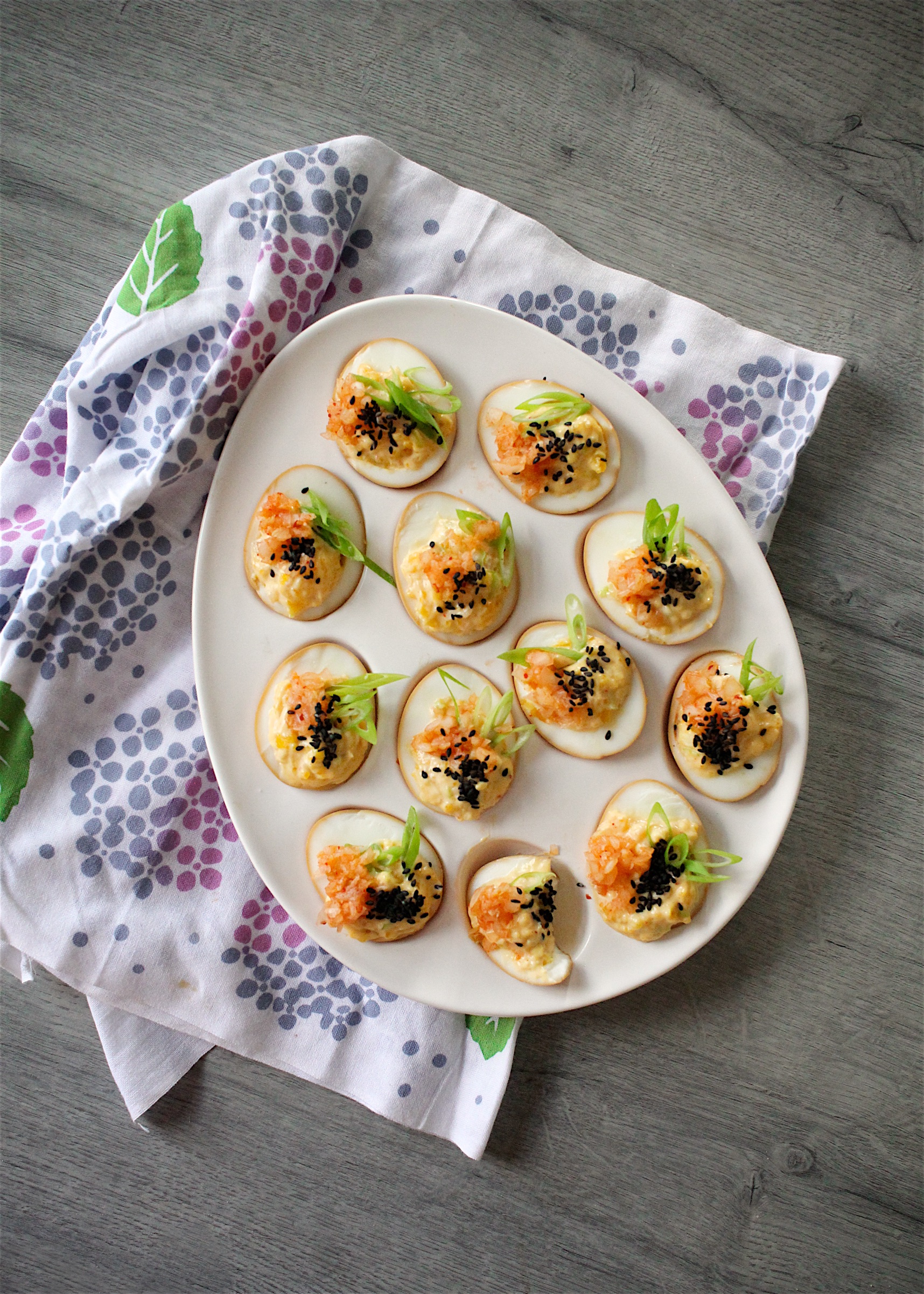
So now you know what to do with those leftover boiled eggs from your Easter egg hunt. (But does anyone do real eggs anymore?)
Enjoy!
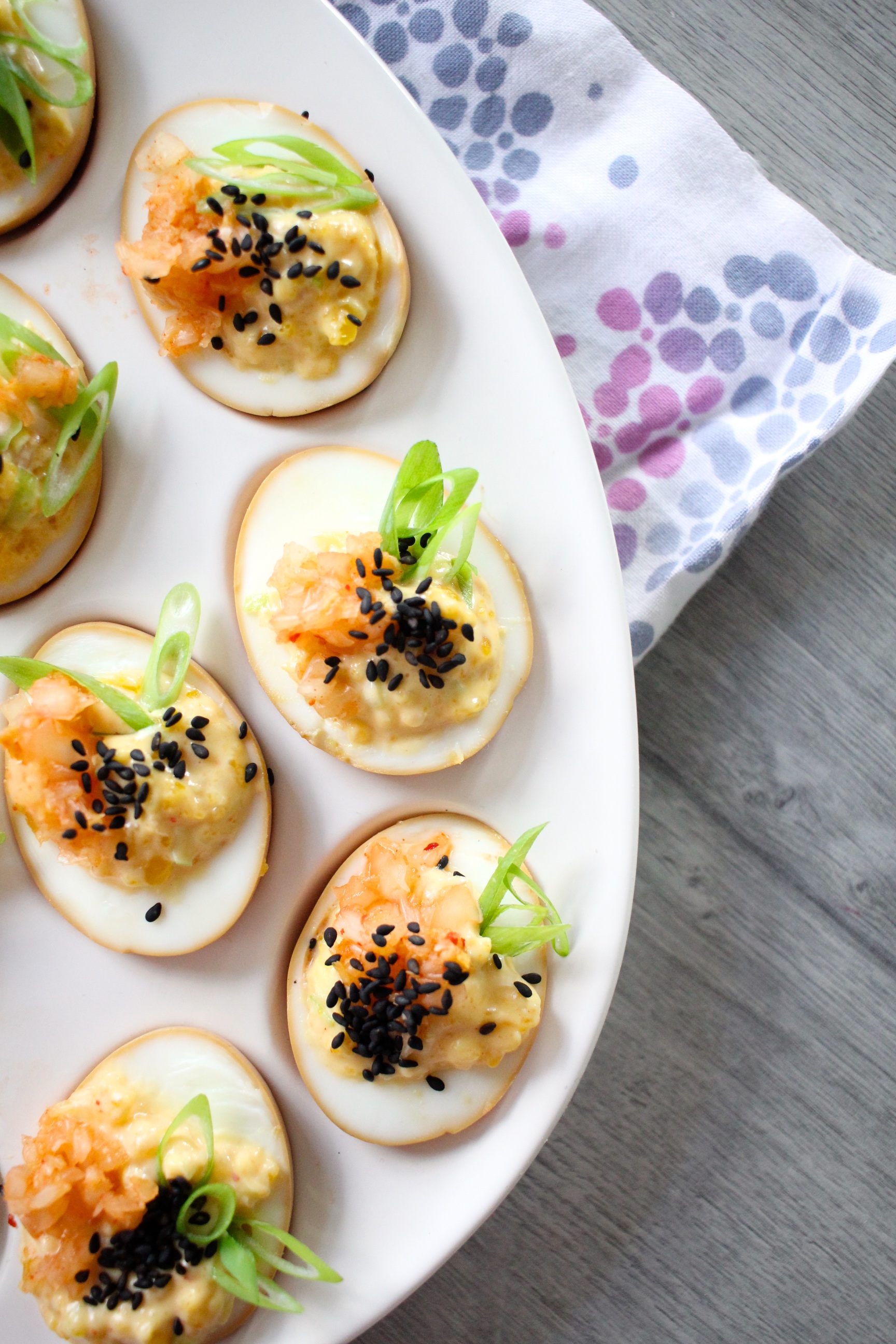

- 6 large eggs
- 1 cup soy sauce, preferably organic
- 1/4 cup cool water
- 2 tablespoons mirin or pure maple syrup
- 1 garlic clove, minced or grated
- 1 scallion, minced
- approximately 1 ounce fresh ginger, grated
- 2 scallion whites, minced
- 3 tablespoons kewpie mayonnaise
- 1 teaspoon white miso, preferably organic
- 2 tablespoons finely chopped kimchi
- 1 teaspoon toasted sesame oil
- 2 tablespoons finely chopped kimchi
- 2 scallion greens, sliced thinly on the diagonal
- black sesame seeds
- In a large heavy bottomed pot, add enough water to go up the sides approximately 1 inch. Bring to a boil. Carefully add the eggs to the pot and immediately place the lid on. Cook for 9 minutes and 30 seconds. Immediately remove the eggs and place them in a bowl of ice water to stop the cooking. Set aside.
- Meanwhile, make the marinade. In a large bowl, combine the soy sauce, water, mirin, garlic, scallion, and ginger.
- Once the eggs are completely cooled, peel and place them in the marinade for at least 1 hour, or up to 4 hours. Turn them frequently in the marinade to ensure they are marinating evenly.
- Remove the eggs from the marinade and slice them in half from pole to pole. Carefully remove the yolks and add them to a bowl and set the whites aside. To the yolks, add the minced scallion whites, kewpie mayonnaise, miso, 2 tablespoons chopped kimchi, and toasted sesame oil. Using a fork to break up the yolks, mix thoroughly to combine.
- To fill the deviled eggs, scoop 1 tablespoon of the filling* into an egg white. Top with a few slices of scallion, a pinch of kimchi, and sprinkle with black sesame seeds. Repeat with remaining eggs and serve immediately
- *I like to use a 1 tablespoon cookie scoop


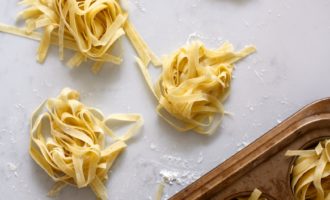
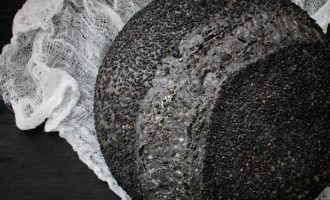
Be the first to comment.